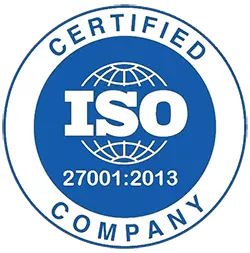What Are The Tips For Beginners In 3D Modeling?
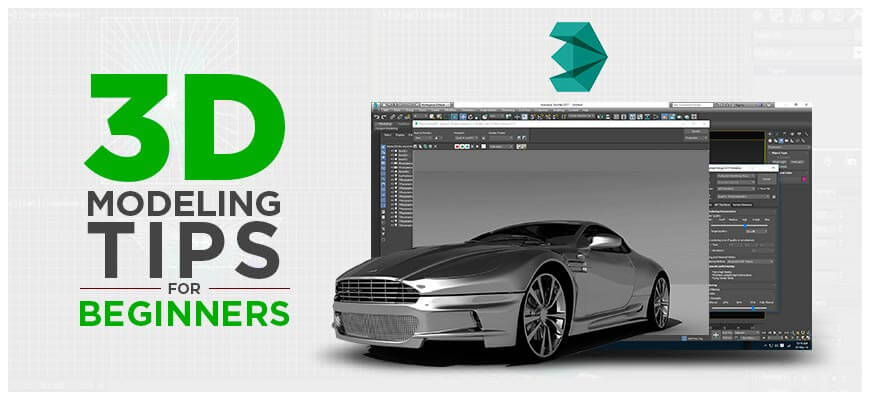
With an increasing demand for digitization in the CAD industry, the use of 3D modeling has become more significant. 3D CAD modeling allows engineers, designers, and architects to create accurate designs through visualization by transforming their ideas into reality. Designers can improve the efficiency and quality of their designs by implementing different 3D modeling techniques. To start with it, you need to keep certain things such as the symmetry quotient in mind for saving time and facilitating easy editing later.
This post deals with some of the 3D modeling tips and certain essential elements that need to be considered before embarking on modeling for optimum outcomes.
Element to Consider Before Starting the 3D Modeling Process
-
Model's orientation
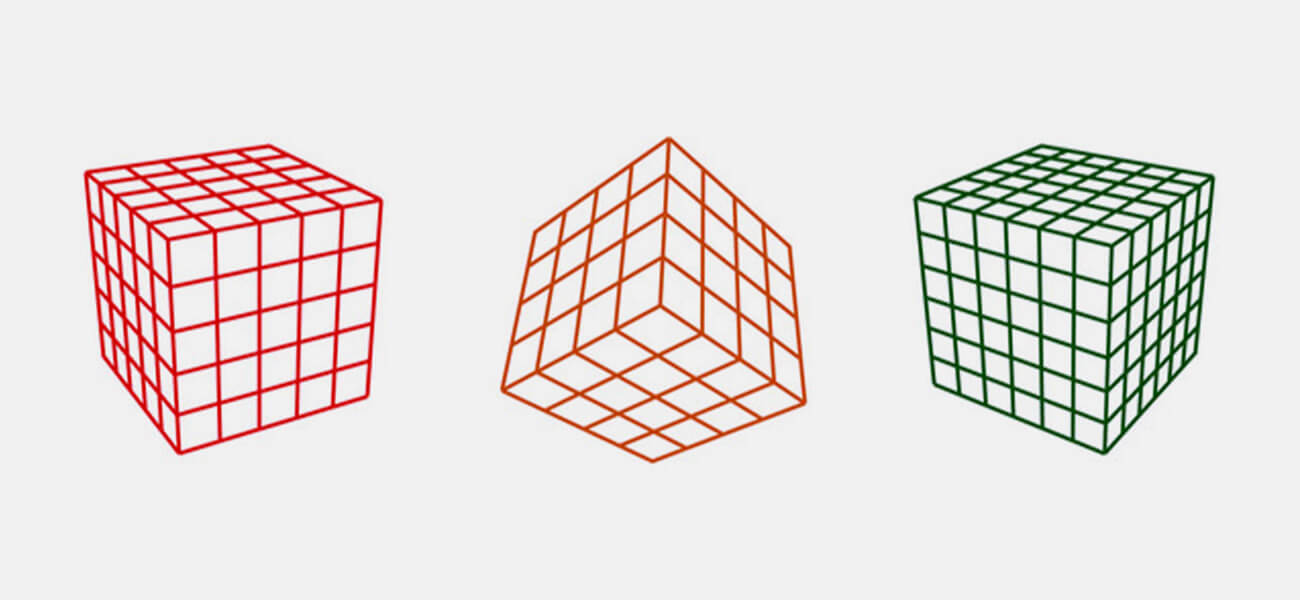 3D Model Orientation
3D Model OrientationThe orientation of the model needs to be considered for reducing editing and conveying the intent of the product clearly. The best idea is to adopt an inbuilt 3D model orientation. In most cases, however, complications may arise while importing geometric shapes.
You have to render a realistic model for communicating with the user on how to use it and facilitate easy assembling. However, constraints can be encountered while using the model for various purposes. You may mold, cast, mill, and 3D print a particular model and the Z-axis remains on the top in all such cases. In such scenarios, the front and top orientations would vary depending on the purposes. Autodesk Inventor and SolidWorks 3D layout sketch allow users to set the 'Y-Axis Up' coordinates for models that are being imported.
This is done by flipping the orientation through the import feature. You should opt for the 'Source is Y-Axis Up' option. You can get the model reoriented into the Z-Axis Up option by using different CAD modeling techniques.
-
Symmetrical Alignment
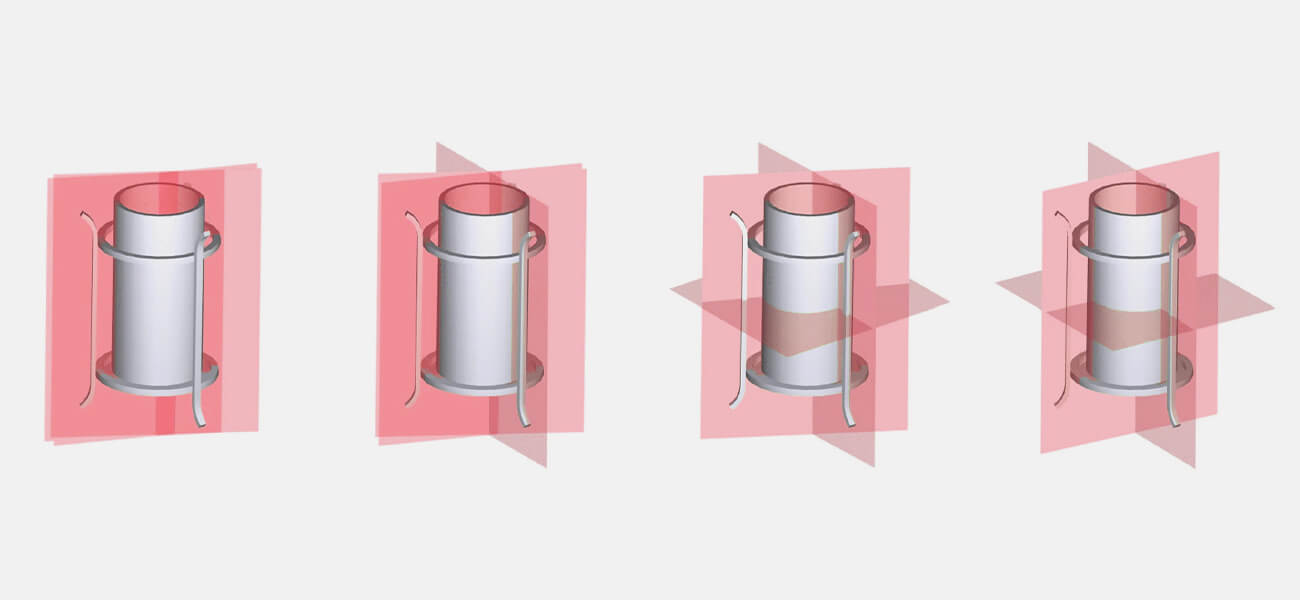 Symmetrical Alignment
Symmetrical AlignmentThe single symmetry plane is common in models. Symmetry identification can prove advantageous in saving significant time during modeling. You can pull off modeling with just half of the expected efforts as model positioning w.r.t. origin and natural planes can be known beforehand.
Centering of origin and using default planes to mirror is a must. Sketching and dimensioning in complete size for layouts help in controlling and defining the specifications. The addition of numerous mirror options at the conclusion of the feature list for 3D isometric models and subsequent rolling back prior to the use of mirror features, allows you to add more details. You can track the progress of a design after detail addition by forwarding or backward rolling the features list. Symmetry allows a sophisticated design to be disintegrated into simpler ones.
-
Patterning
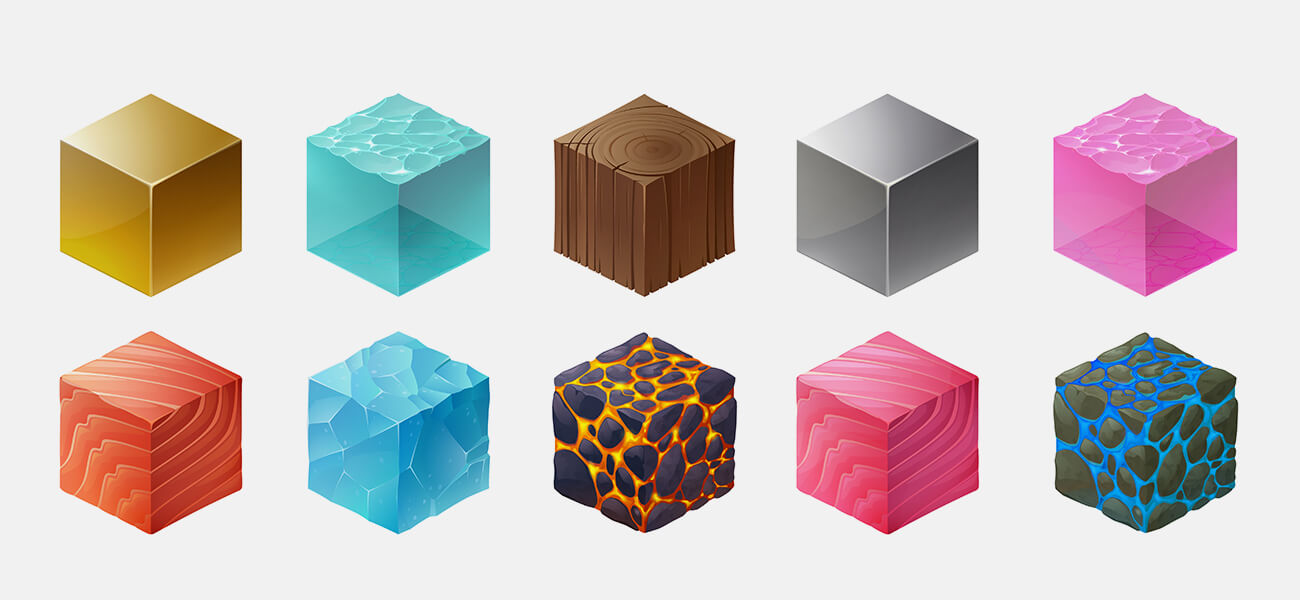 Pattern Analysis
Pattern AnalysisA pattern symbolizes the repetition of a given feature set. You can save a remarkable quantum of time and inconvenience through pattern identification pretty early during design. Pattern analysis can prove to be useful while editing the model's design.
Any alteration in the default model would cause the pattern features to be replicated spontaneously. You can also make design modifications in the larger models within a matter of time using patterns.
-
Sophistication in the Model
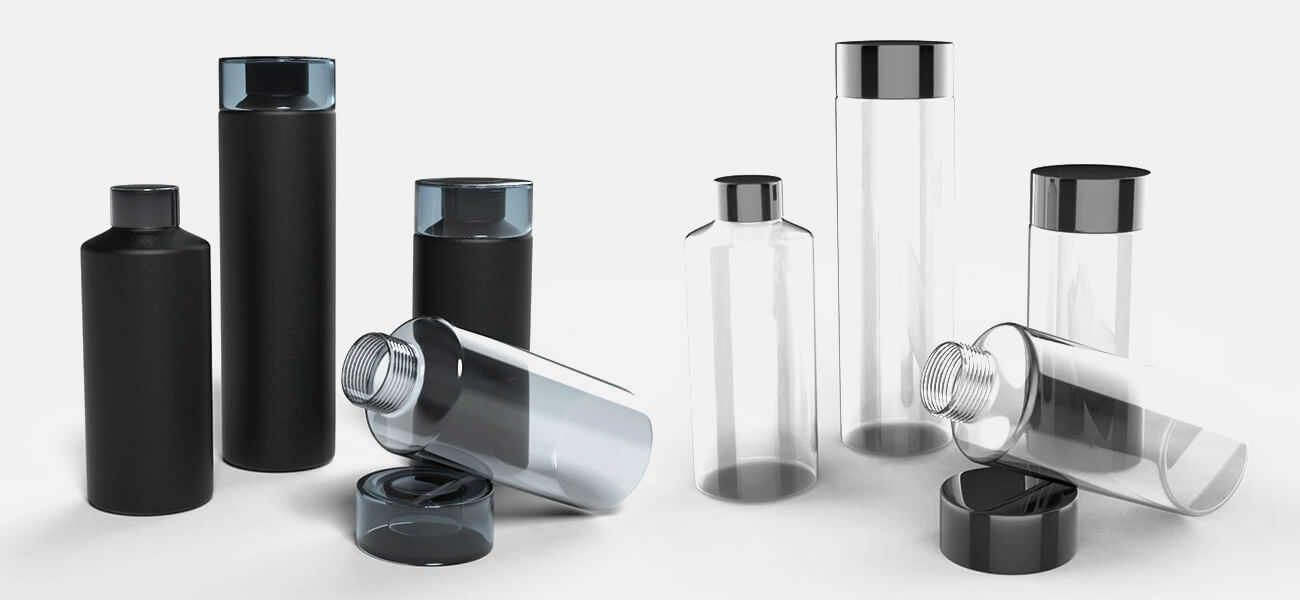 Sophistication in the Model
Sophistication in the ModelWe can benefit from 3D modeling and simulation for creating targeted designs, making efficient trials, and taking data-driven decisions. Professional 3d modelers can add comprehensive details to the designs for enhancing their quality as well as allow clients to keep track of the actual production process.
The advantage of hiring a renowned company offering reliable 3D modeling services is that the designer takes care of all the issues for an accurate depiction of the delivered model. In the process, other important characteristics of the model pertaining to its center of gravity, weight, space occupied, and other attributes can be inserted accurately into the completed model. You need not have to add them later on.
You need to be careful when designing standard manufacturing models like motors, nuts, etc. The addition of complex levels in assembled models serves no useful purpose and can serve as a constraint for faster 3D rendering due to the consumption of higher power graphics cards.
Simplified models with only needful geometry devoid of any unwanted relieve the graphics card of saving time on the creation of more triangles for accurate rendering in real-time. If you are planning to design an assembly model with hundreds of nuts, bolts, or such standard features in them, the graphics card would simply buckle down under the pressure of having to render each part independently.
Consequently, your system may crash and all your efforts would go in vain. It is always wise to ask for stripped-down versions of models downloaded from the website of others in the event of the models carrying an inordinate amount of unwanted or redundant details. If you decide to outsource 3D modeling to any of the renowned 3d modeling companies, you can rest assured as the modelers would have access to tools that can lighten the model.
There are different types of 3D modeling which have been devised to meet special requirements.
Primitive Modeling
You can build 3D shapes by using cubes and spheres or using the variants of these primitive shapes. The term primitive is used to highlight the fact that basic 3D model is being created. Shapes or outlines are made accurate using fundamental Boolean operations.
-
Polygonal Modeling
If the shape that you are planning to build is similar to polygon, you will use polygonal modeling techniques.
- Choose the polygonal shape you want to create
- Build a wire mesh resembling the same
You need to have proper functional understanding of the theories of polygonal mesh for achieving good results. Scanline renders are created with this modeling type.
-
Rational B-Spline Modeling
This B-Spline modeling technique is also driven by polygonal meshes. Most commonly used, this method involves creation of polygonal shapes initially. Twisting and curving of the base shapes result in desired 3D form. Handling and mastering of this technique is easy. Hence, it is very popular among 3D modelers.
-
Prominent 3D Modeling Software
You would come across many 3D modeling software in the marketplace. Each has its pros and cons. You need to choose the one that optimally suits your skills and aptitude. Remember, that there is no single software in which you would find all the 3D related solutions.
When you get down to select the best modeling program, you must factor in certain key points. These are discussed below.
- The purpose of using 3D modeling program
- The shapes that you would basically create
- The professional for which it would be used like architecture, real estate, fashion designing
- The user friendliness of software’s interface
- The complexity of the software and the tentative time needed to master the features
Basic Functionalities That You Would Mostly Use
- The presence of 2D drafting functionality in the 3D software
- The ease with which 3D CAD software allows creation of 2D image
- The ease with which outputs can be used for presentation or demonstration
- Compatibility of the output of the software with other popular 3d modeling programs
- Ability to export files in popular 3D formats
- The investment needed to purchase software or opt for recurring license renewal mode
- The timeframe within which previous versions get outdated
You need to consider these factors along with others, do your self-research or read reviews, to make an informed decision.
What Are the Benefits of 3D Modeling in Different Industries?
As 3D modeling techniques are getting diversified ad 3D software types are becoming more feature packed, the industry verticals in which 3D is used are also increasing. 3D models are used for various purposes.
Modelers in a 3D modeling studio adopt unique approaches that correspond to the specific demand of the 3D model in industry. Industries in which 3D is frequently used are training their managers about the complexities of 3D modeling. This helps them place orders for rendered images properly in alignment with their exact needs.
As demand for computer generated imagery (CGI) and 3D modeling is increasing, trained and experienced modelers are also landing rewarding career opportunities. Some of the major industry verticals in which it finds wide application are discussed below.
-
Manufacturing
In the manufacturing industry, 3D modeling may not be used by all, but it is very useful to manufacturers who make complex products. They can be machinery, cars, smartphones, etc. Manufacturers can also use it to create prototypes for virtual testing of quality and safety.
3D modeling is very beneficial for products with many small moving parts. If you were using 2D designs for this purpose, it would be hard to visualize these parts or even pinpoint problems in the design. 3D models make it easy for anyone to visualize these parts so they can understand the design and find out the design flaws. It is also particularly helpful for communicating design ideas to other teams.
-
Engineering
If you are an engineer, you must have gone through the process of making visual replicas of your designs for approval. With 3D modeling, an engineer can create impressive visuals to present ideas. But did you know that it can also help during all stages of designing?
3D models are better than 2D representations in many ways. They make it easy to locate errors and design issues. They also show engineers how their designs can affect the manufacturing process.
These are some more advantages of using 3D modeling in engineering:
- Helps products get to the market faster
- Makes for efficient visualization
- Early detection of mistakes
- Easy to understand presentations
-
Entertainment
In movies, particularly the sci-fi ones, you would find extensive use of 3D modeling. As movies become more spectacular and futuristic, hyper-realism is pulled off in them through intelligent use of 3D. Most popular TV programs and movies shot in Hollywood are full of scenes where three dimensional elements are used.
Some common uses include:- Building of special effects that dazzle the eyes
- Creation of artificial environment for conditions that are non-existent
- Showcasing of supernatural acts in a manner that they seem commonplace
- Using CGI for planting things in a scene or eliminating something unwanted
-
Gaming
In gaming industry, 3D is extensively used. No game seems to be complete until some 3D elements are present in it. Courses dedicated to training the modelers in creating elements for video gaming stress on the intelligent usage of 3D.
Some common uses include:- Video games can be made more realistic.
- Aliens in all imaginable forms can be created.
- Unnatural speed or superb animation can be imparted to automobiles.
- Props and characters of the game can be made to resemble real world objects.
-
Architectural
3D has taken the place of 2D blueprints. Earlier, drawings had to be made manually and significant time was invested for adding details to the plan. Also, the plan for building used to be flat which caused problem in visualization.
Now, architectural design companies are using advanced software programs for rendered plans of buildings. Some advantages include:
- Depth and motion can be added.
- The plan can be visualized from all possible angles.
- 3D aerial views can be incorporated.
- 3D virtual walkthroughs can be built to allow buyers to explore the building’s interiors.
- Flaws in building can be identified well ahead of the start of actual construction.
-
Publishing
3D modeling is increasingly being used by textbook publishers and illustrated or interactive eBook developers. Some pictures which cannot be published for the fear of violating copyrights can be recreated in three dimensional and then rendered in 2D for publishing.
Inaccessible images can also be rendered. Publishers can also include enhanced images which demonstrate the use or visualization of an object in a setting that doesn’t exist. One can also render and showcase futuristic and historic pictures.
-
Geological
Scientists are learning more about the tectonic plates of earth and their behavior with simulated models of landforms. The effects of stress resulting from collision of plates are visualized and analyzed by geologists. This helps in accurately determining the reasons and the probable time of earthquakes. Various natural patterns are simulated for understanding the factors impacting them.
-
Virtual and Augmented Reality
3D modeling for AR and VR technologies is used progressively for redefining marketing touch points. This is a tough task as such models must not have any blind spot and should be flexible enough.
You can consider polygonal modeling as an option but refining is needed to a large extent. Subdivision surface modeling or NURBS modeling can prove useful in this context. One needs to subdivide every polygon in smaller surfaces. The three dimensional objects, thus, become smoother, pliable and realistic. They complement the needs of AR and VR developers perfectly.
You may not use 3D sculpting as sculpted models consume lots of disc space and higher processing speed is needed. Hence, such models are not suitable for adding interactivity.
Related article : How Is 3D Modeling Different From 3D Sculpting?
Function of A 3D Modeler
A 3D modeler is an artist who builds characters and scenes which are three-dimensional. Such objects are usually inspired by concept art. These objects are used in
- Video games
- Three-dimensional movies and sci-fi motion pictures
- Films for scoring realistic fantasy scenes
- Website images
- E-commerce site’s product models
- Graphic designing
- Animation
- Realistic Simulations
- Special effects
- Movies as characters and props
- Surrealistic scenes in television shows
- Designs for broadcasting
- Location driven entertainment shows
- Geological modeling
- Architectural or real estate designs
- Scientific analyses
- Engineering drawings
- Healthcare modelling Etc.
For becoming a proficient modeler, you need to first identify the domain in which your interest and aptitude lie. If you want to become a 3D render artist for movies, you need to complete a course in movie designing from 3d perspective.
You can choose from a number of career options. Such options are centered around following specializations:
The 3d modeler job opportunities are many. The market prospects are good. However, a lot of specialization is needed in this field. Almost every industry vertical is employing the modelers. In 2019 itself, the demand for 3D modelers and consequent remunerations has grown by about 14% in various industry domains.
This has been revealed by a research study. Even illustrators who are drawing for three dimensional art development have experienced 9% growth in career opportunities in 2019. Researchers are also hiring the modelers to get support in their analyses.
Related article :Top Fields to Specialize as a 3D Artist
Free 3D Model Website (Blog Update)
TurboSquid
Pricing: Paid and Free Models
It is an online spot where one can find 46k of downloadable high-quality 3D designs. The 3D artists also sell their professional designs on this website. One of the notable features is that they have quality determiners for the designs. They have to pass quality tests in order to be eligible for display. If you need quality models, then it is the right place to visit.
-
Autodesk Online Gallery
Pricing: Free
The professionals display their latest rendering works. Some even provide free access to their 3D files too. There are free 3D models for VR, visualization, animation, 3D printing, and engineering. The site caters to the needs of professional engineers with a variety of models.
CGTrader
Pricing: Free and Paid Models
Here, one can find millions of free 3D models available in formats such as OBJ, C4D, MAX, 3DS. It is a reliable platform to buy and sell 3D designs. They also provide scripts and plug-ins for modeling projects. If the search is for the best 3D designer, one can hire a professional from design job boards. It is the best place to download models for 3D printing, VR, and AR applications.
3D Resources by NASA
Pricing: Free
As the name suggests, it is an impressive repository provided by NASA. They have 300+ 3D models for rockets, satellites, periscopes, telescopes and much more. Space lovers find this site beneficial for 3D printing and archives.
Thingiverse
Pricing: Free
They have more than 50k 3D designs and models categorized on their website. Makerbot runs this source whereby one can get access to free 3D models for 3D printing. Many genuine makers upload their free models for printing in different categories. If one cannot find anything for 3D printing here, it is impossible to find it elsewhere.
Cults
Pricing: Free and Paid Models
Cults is another famous free model repository where one can get the best model for 3D printing. It is a site that has high-quality and original creations and no design repetition. Many users report that the models are well-curated and easy to search as well.
Archive 3D
This repository provides unique models of kitchen appliances, office equipment, clothing, vehicles, and furnishing. It helps animators and graphic designers to create realistic 3D models.
Evermotion
Pricing: Free
It is a Poland-based VFX company that offers several models, blueprints and scripts. One can find free high-quality renders and objects from their high-profile website. When you need realistic renders for furniture and architecture, go for Evermotion.
Clara.io
Pricing: Free and Paid Models
It is a cloud-based site that provides 100k 3D models for rendering, animation, and modeling. Besides, it has a repository of free models that can be directly downloaded from the browser. The model formats supported by the website are OBJ, Three.JS, Babylon.JS, and STL.
MyMiniFactory
Pricing: Free
MyMiniFactory is another repository that consists of 45k+ models that are uploaded by its large community for 3D printing. It offers several printable models that find it grassroots in the video game fraternity. The site poses several challenges to its subscribed designers.
Before initiating any future CAD project, make sure to invest time in getting your models planned in advance to save time, energy, money and efforts. The elegant and agile outcomes would simply delight you and your customers.
The Way Forward
3D modeling domain is an ever expanding one. The applications of 3D modeling are diversifying and as such lucrative career opportunities for skilled artists are on the rise. You can carve out a position for yourself in this growing industry by enhancing your skill set.
Before embarking on any future CAD project, make sure to invest time in getting your models planned in advance to save time, energy, money and efforts. The elegant and agile outcomes would simply delight you and your customers.
For beginners, though, it might seem a bit tricky to execute 3D modeling projects to perfection, or to wield the advanced software. Hence, it is recommended to consult an expert 3D modeling agencies for assistance. Get in touch with an expert and let them share some of your workload.
Contact Us

